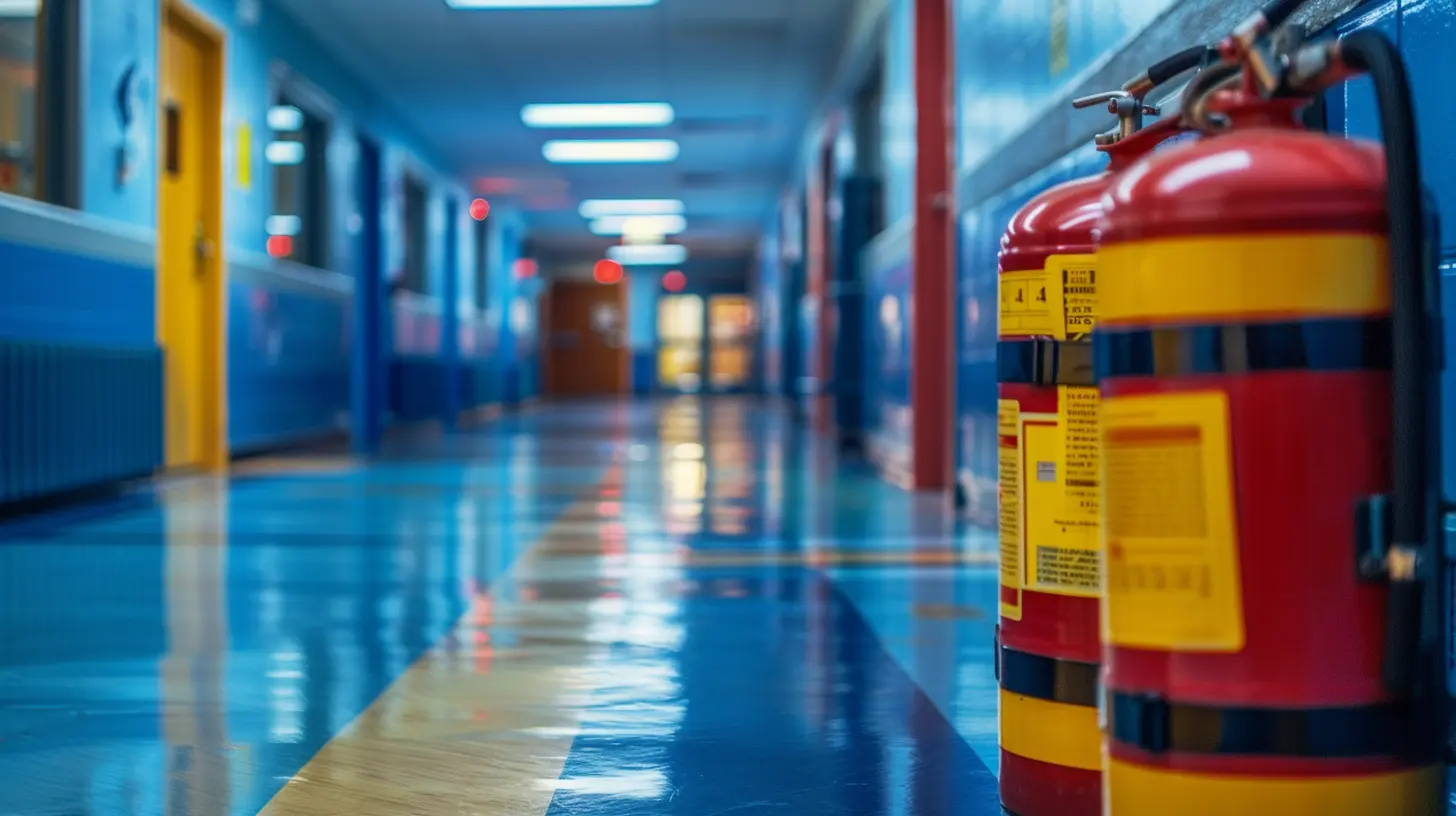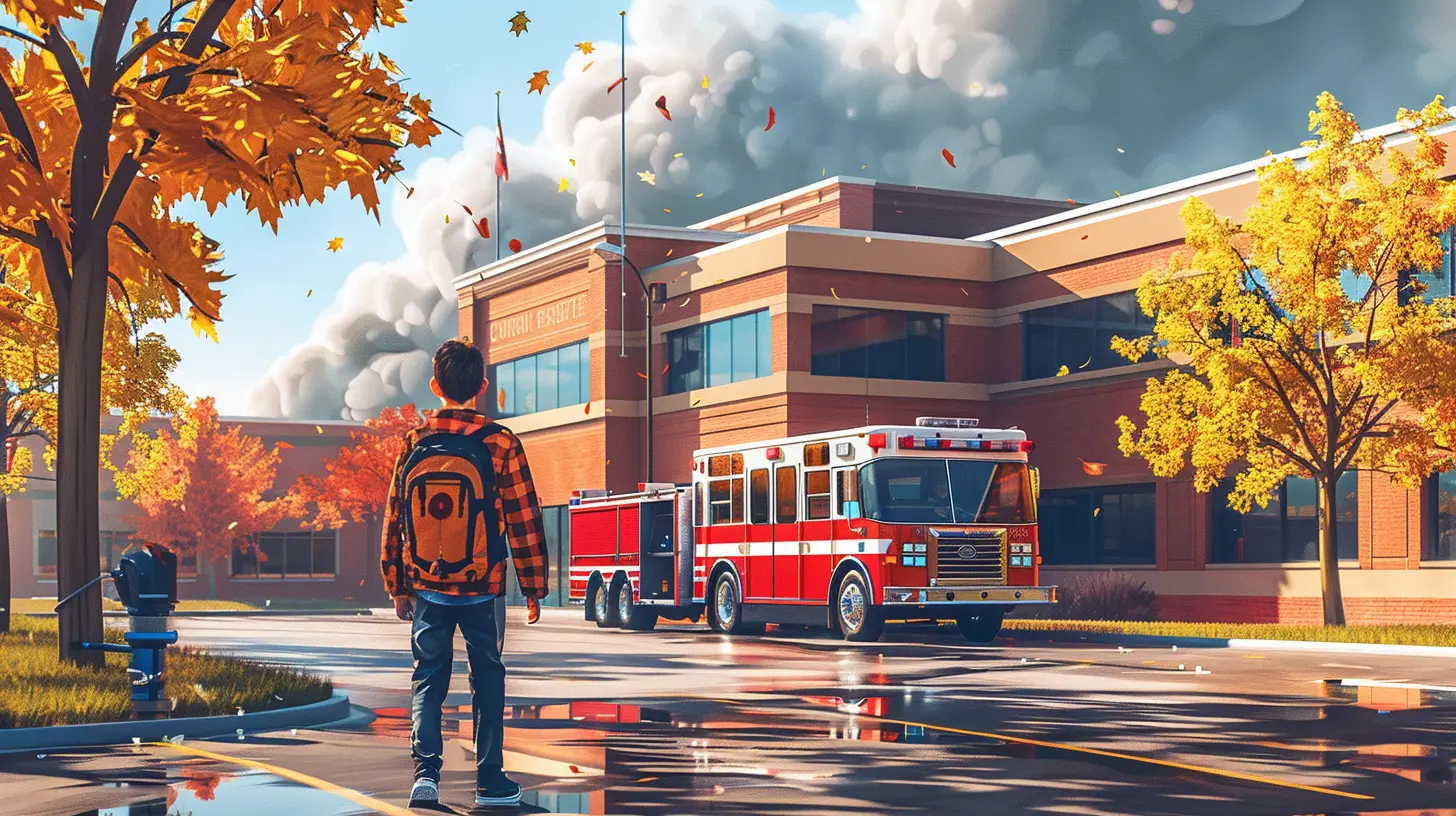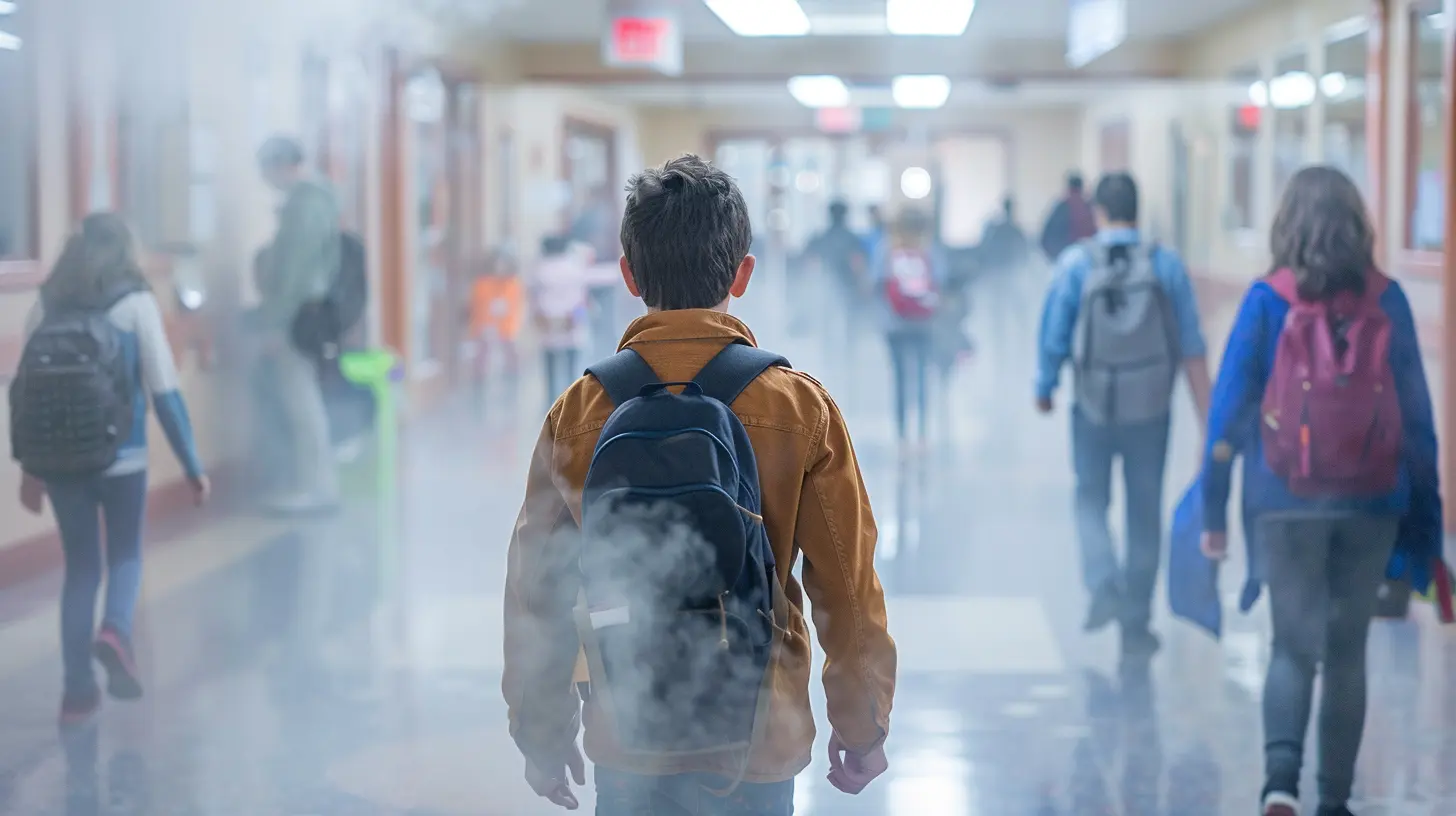What to Include in Your School’s Emergency Response Plan
20 November 2025
Let’s face it—nobody wants to think about the worst-case scenario happening at school. But the reality is, emergencies do happen. And when they do, having a solid, well-thought-out emergency response plan in place can mean the difference between chaos and calm, confusion and clarity. Whether it's a fire, severe weather, a lockdown, or even a medical emergency, your school’s emergency response plan is your playbook for keeping everyone safe.
So, what exactly should you include in your school’s emergency response plan? Buckle up, because we’re going to dive deep into everything you need to consider.
Why Every School Needs an Emergency Response Plan
Let’s start here. Why even have a plan?Think of it like this: you wouldn’t go on a road trip without a GPS, right? Likewise, your school shouldn't face potential dangers without a clear route forward. Emergencies are unpredictable, and time is critical. A well-structured plan ensures that everyone—staff, students, parents, and first responders—knows what to do and when to do it.
The goal? Minimize panic, maximize safety.
1. Understand the Risks Specific to Your School
Before you even think about fire drills or lockdown protocols, you need to understand the unique risks your school faces. No two schools are exactly alike, and what may be a top concern for one might be secondary for another.Ask yourself questions like:
- Are we located in a flood or earthquake-prone area?
- Do we have a large campus that’s hard to monitor?
- Are there hazardous materials nearby?
- What’s the crime rate in our area?
Conduct a comprehensive risk assessment. This should involve local authorities, emergency personnel, and even community leaders. Knowing the threats helps you tailor your plan.
2. Clearly Defined Roles and Responsibilities
Imagine a fire breaks out during school hours. Who’s calling 911? Who’s making sure all the students are out of the building? Who’s grabbing the emergency go-bag?Your emergency response plan should assign clear roles to staff members:
- Principal or Head of School – Overall coordinator
- Emergency Response Team (ERT) – Trained individuals to handle response tasks
- Teachers – Account for students, provide instructions during evacuation
- Custodial Staff – Close off affected areas, assist with emergency routes
- Front Office Staff – Handle communication with parents and emergency services
Create a flowchart or chain of command so everyone knows who’s in charge when things get stressful.
3. Communication Is Everything
During an emergency, lack of communication leads to panic—plain and simple.Include multiple methods of communication in your plan:
- Emergency notification systems (automated texts, emails, PA announcements)
- Two-way radios for on-campus coordination
- Backup communication plans in case tech fails
- Parent communication tools (apps, hotlines, social media updates)
And don’t forget multilingual communication if your community is diverse. Everyone deserves to get information they can understand—especially in a crisis.
4. Detailed Evacuation Plans
You’ve probably done fire drills before. But does your evacuation plan cover all the bases?Make sure your plan outlines:
- Evacuation routes (with clear maps posted throughout the school)
- Designated assembly areas far from the building
- Procedures for special needs students or those with mobility challenges
- Who checks bathrooms and common areas before calling the all-clear
Practice makes perfect. Run drills regularly—not just for fires, but for other scenarios too.
5. Lockdown and Shelter-in-Place Protocols
Unfortunately, schools today have to think about security threats like active shooters or intruders. It’s heavy stuff, but it’s critical.Your lockdown procedures should include:
- Code words or alerts to signify lockdown conditions
- Classroom locking procedures
- Silent signal options (in case students or teachers can’t speak)
- Identifying safe spaces within classrooms
Shelter-in-place is different—it’s more about environmental hazards (like a gas leak or chemical spill). For that, the emphasis is on sealing off rooms, staying indoors, and controlling the air supply, if needed.
Train everyone on the difference between these scenarios. It’s not just about locking doors—it’s about understanding the “why” behind each step.
6. Medical Emergency Response
What if a student faints in class? Or has an allergic reaction in the cafeteria? Medical emergencies are some of the most common incidents schools face.Your plan should outline:
- Who is CPR/First Aid/AED certified
- Where medical kits and defibrillators (AEDs) are located
- Emergency contact procedures for parents
- Medical history forms (safely stored and easily accessible)
Designate specific staff to handle medical emergencies, and make sure they get the proper training. Also, keep a log of students with medical conditions that may require immediate attention.
7. Reunification Procedures
After an emergency has ended, how do you reunite students with their parents or guardians—without causing mass confusion?This part is often overlooked but super important. Your plan should include:
- Designated reunification sites (on-site and off-site options)
- ID verification procedures
- Sign-out logs to track who has been picked up
- Backup communication to call or text parents
Stress brings out the chaos; you’ll need a streamlined and organized method to handle reunification. Practice this, too—not just the emergency itself.
8. Special Considerations for Students with Disabilities
Emergency plans must be inclusive. It’s not enough to have a blanket strategy if it doesn't accommodate everyone.Create specific procedures for students who:
- Use wheelchairs or mobility aids
- Are visually or hearing impaired
- Have developmental delays or cognitive challenges
Assign staff buddies to students who need extra help during evacuations or lockdowns. And be sure to include these families in planning discussions.
9. Continuity of Education
What happens after the emergency? Your plan should include steps for continuing education if students can’t return to the building right away.This might mean:
- Setting up remote learning options
- Arranging temporary class locations
- Ensuring access to school technology (devices, internet hotspots)
It’s not just about getting back to normal—it’s about making sure learning doesn’t stop, even if the building is temporarily shut down.
10. Training, Drills, and Regular Review
Think of your emergency plan like a muscle: if you don’t use it, it gets weak.Your plan is only effective if everyone knows it, remembers it, and practices it. Here’s what to include:
- Regular drills (fire, lockdown, earthquake, shelter-in-place, etc.)
- Staff training sessions at least once a year
- Tabletop exercises to walk through different emergency scenarios
- Annual reviews to update the plan based on new risks or feedback
Review and revise. It's like updating your phone's apps—you need the latest version to ensure everything works when it matters most.
11. Collaboration with Local Emergency Services
Your local police, fire department, and emergency medical services aren't just for calling during a crisis—they should be on your team from the beginning.Involve them in:
- Planning walkthroughs of the campus
- Coordination of emergency drills
- Reviewing your plans and suggesting improvements
They bring a fresh perspective and invaluable expertise. And when the real deal happens, it's much easier to work together if you’ve already built a relationship.
12. Crisis Counseling and Emotional Support
Emergencies don’t only affect physical safety—they leave emotional scars too. After a crisis, some students and staff may struggle to cope.Build a plan for emotional recovery:
- Have school counselors or psychologists available
- Partnerships with local mental health organizations
- Create a safe space to talk and process
- Offer parent workshops on how to support kids at home
Mental wellness should never be an afterthought. It’s the glue that helps your school community heal and move forward.
Wrapping It All Together
An emergency response plan isn’t just a dusty binder on a shelf. It’s a living document—a roadmap to safety, preparation, and peace of mind. When you build your school’s plan with thought, care, and inclusivity, you’re not just checking a box. You’re building a culture of readiness.From mapping out exit routes to planning reunification settings, from medical emergencies to mental health support—every piece matters. Is it a lot? Sure. But when lives are on the line, you’ll be glad you did the homework.
So take the time. Involve your team. Test, tweak, and train. Because when the unexpected hits, being prepared isn’t just helpful—it’s essential.
all images in this post were generated using AI tools
Category:
School SafetyAuthor:

Bethany Hudson

